1. Adams Falls are nice. Can be reached by walking in the riverbed
2. A long time ago there was a trail that went around the falls, but it's long gone
3. Pot may or may not be grown above the falls
This was on my do-at-some-point list, that is until I saw somebody call out this route on Openstreetmap: http://www.openstreetmap.org/way/366565409
While it seemed most likely that this person simply added the historical (and no-longer-there) trail, I had to go see for myself.
The lower canyon of the east fork is nice, and there's a pleasant amount of water in the river:
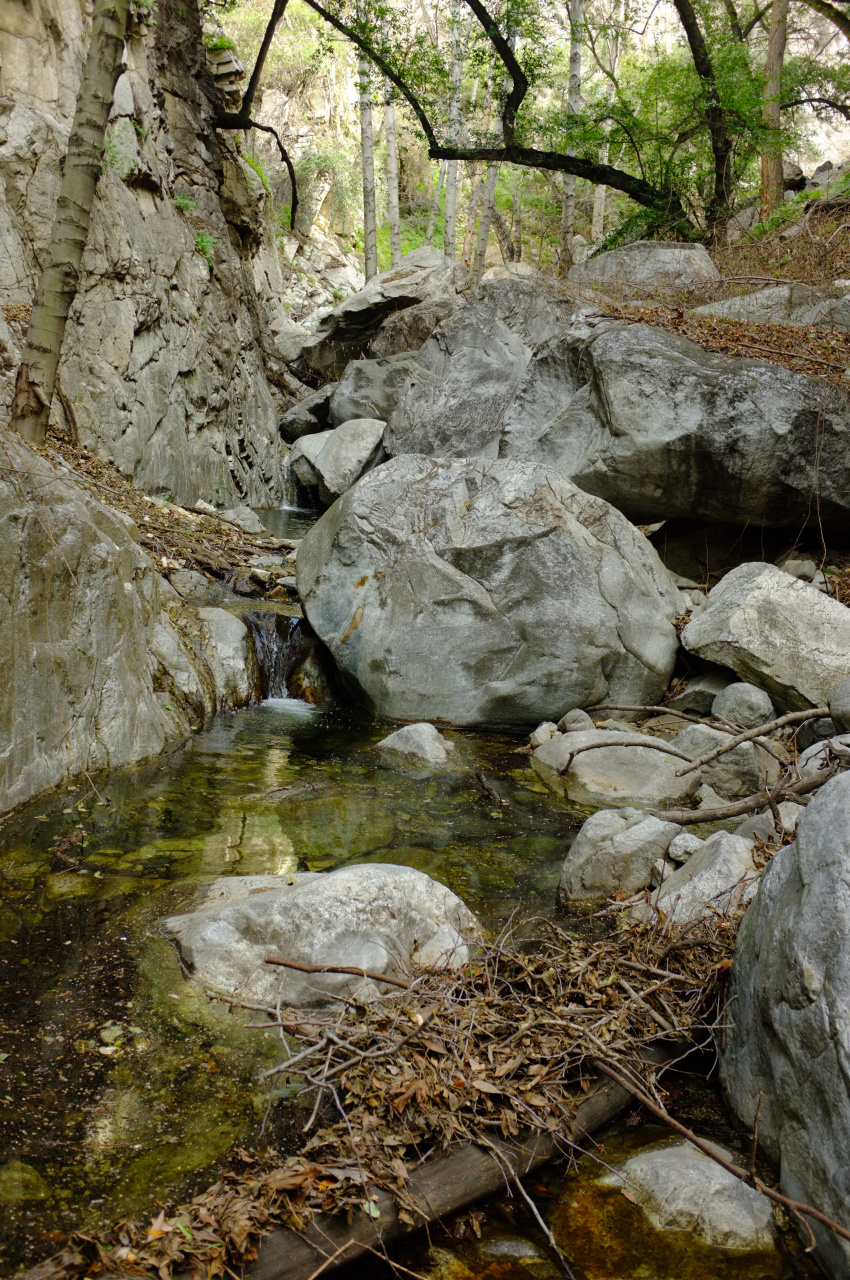
Faily quickly, a small waterfall with a pool appears:
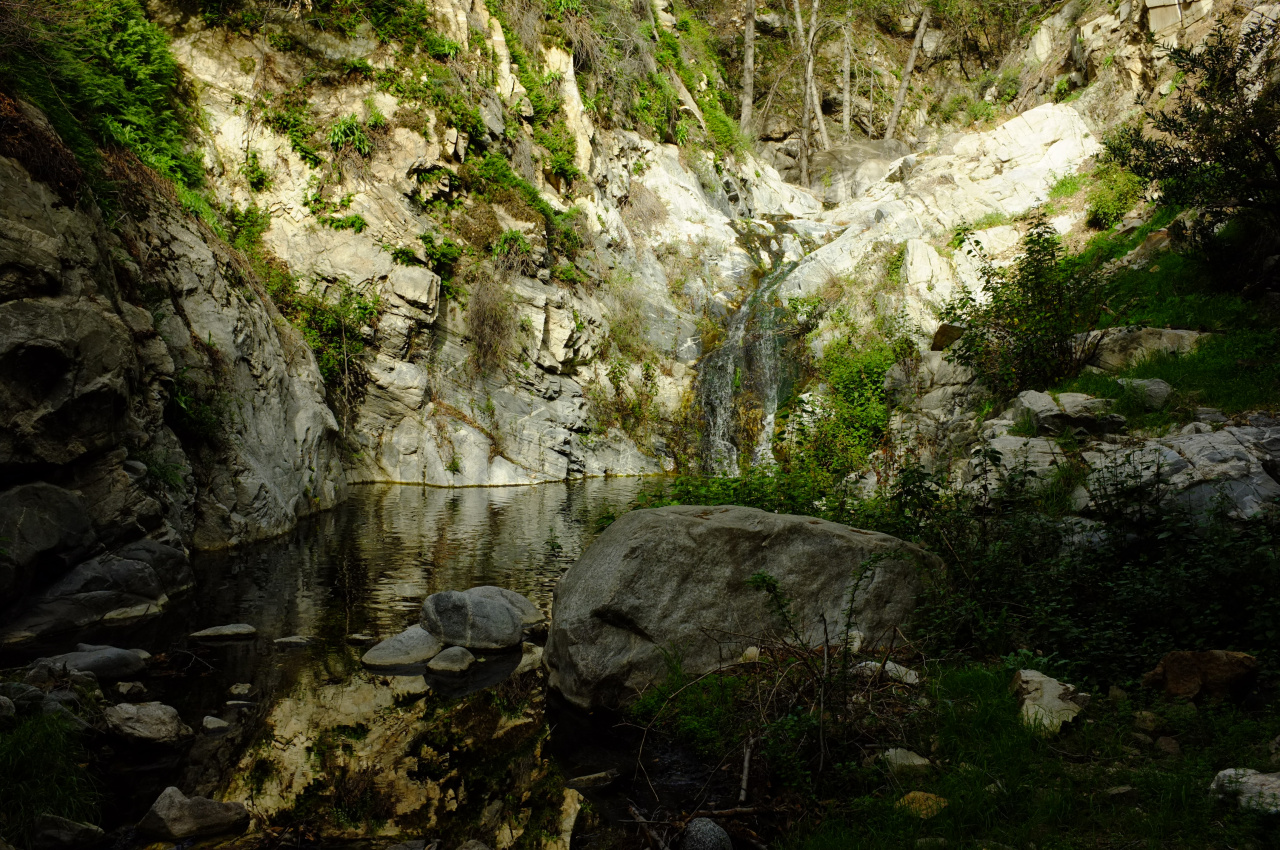
This can be easily bypassed on the right. After much more boulder-hopping, Adams Falls come into view:

These are nice! And big! The main drop appears right after a bend in the river, so getting a clear photo is tricky. This waterfall is immediately upstream of a confluence, and the other branch has a (less nice and unpictured) waterfall in it also.
Even though this is a much larger waterfall than the first, I found an easy bypass here as well. As you back away from the drop, look at the wall on the right. At the drop, it's solid rock. As you back up, there's more and more dirt at the base. Back up far enough, and the rock goes away, and you can climb the soft all-dirt wall on the right. It's steep, but faily easy. There's even a vague footpath.
Above the waterfall, I was rewarded with this:
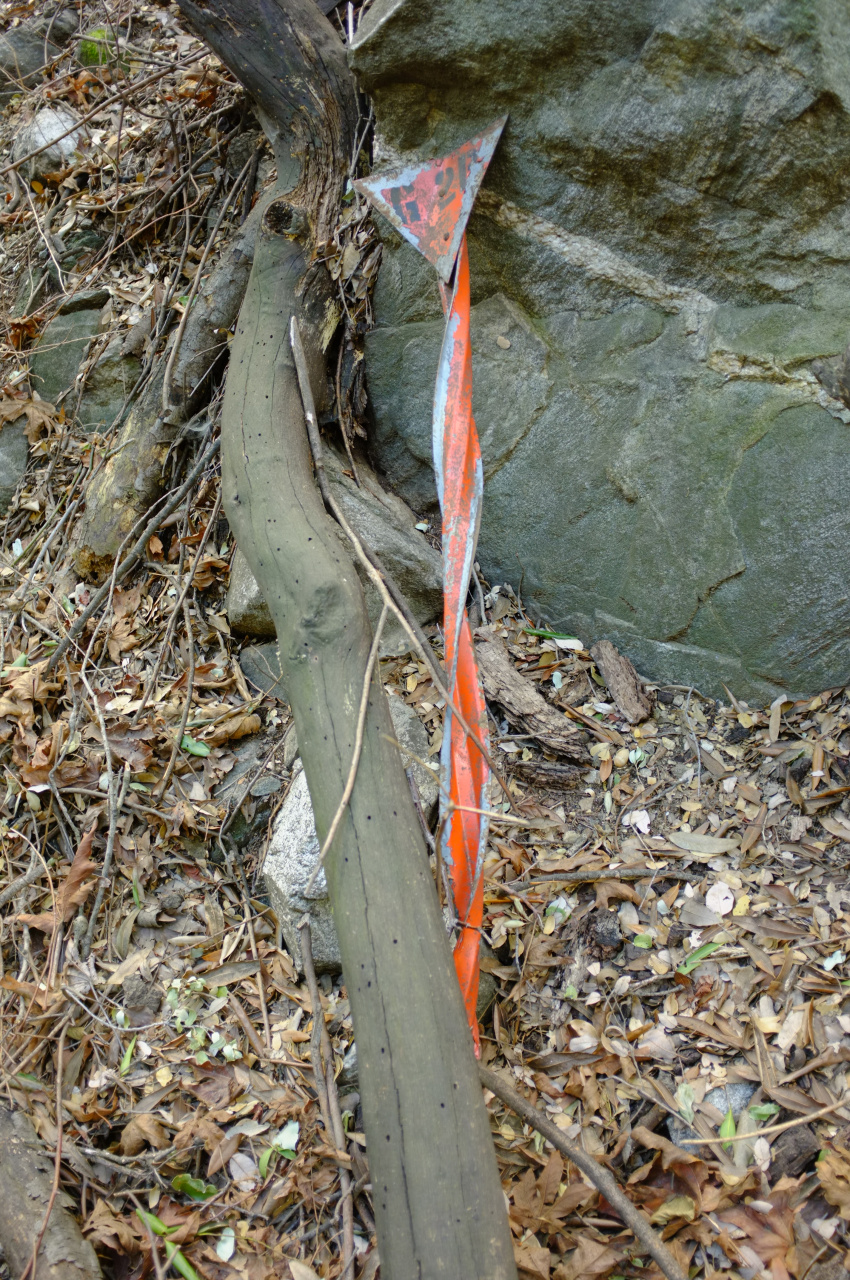
The canyon opens up here, and travel is relatively easy:
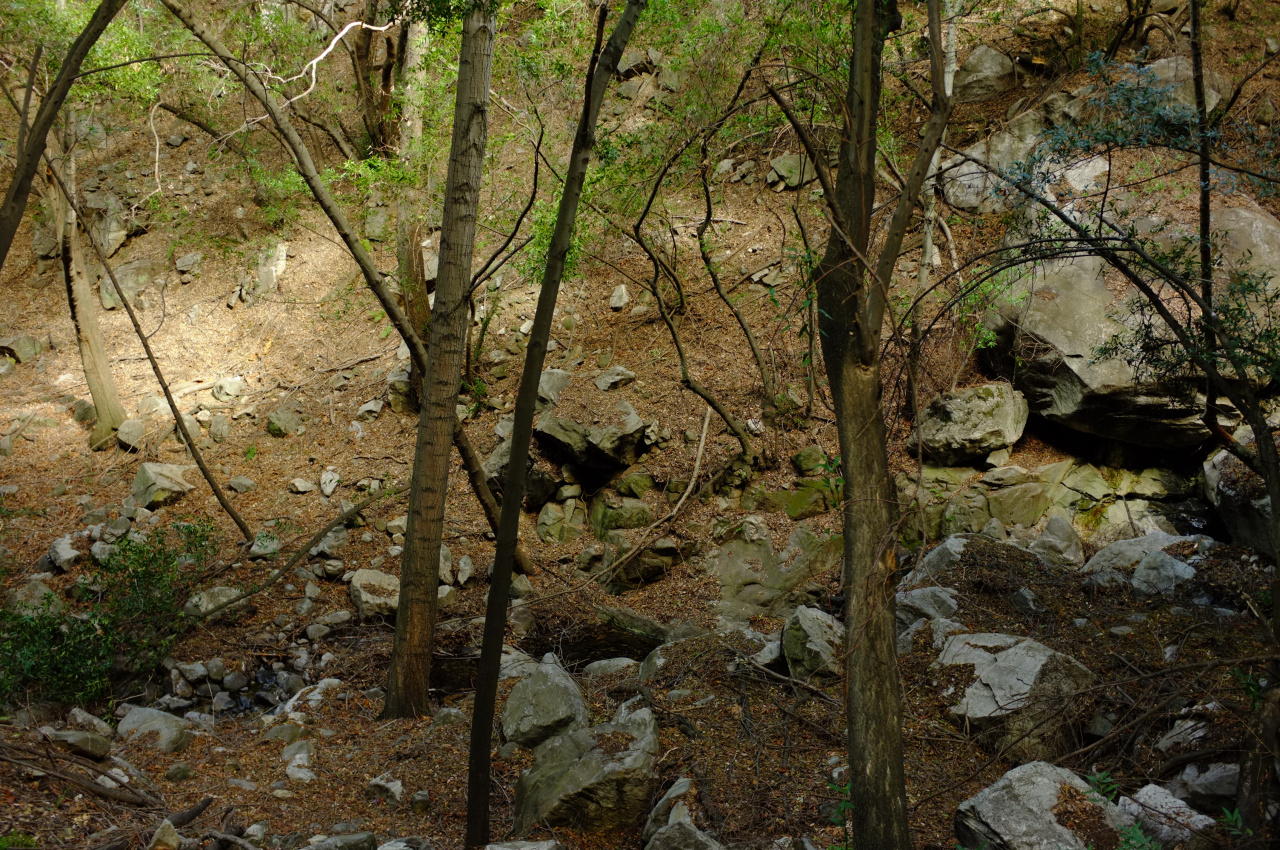
To be clear, there was no trail anywhere at all the entire time, so that OSM route is clearly historical. Another historical option appears on USFS and some USGS maps:
http://caltopo.com/map.html#ll=34.20801 ... 9&z=16&b=f
I saw the gully coming in from the right, and decided to take it. The first half looks like this:
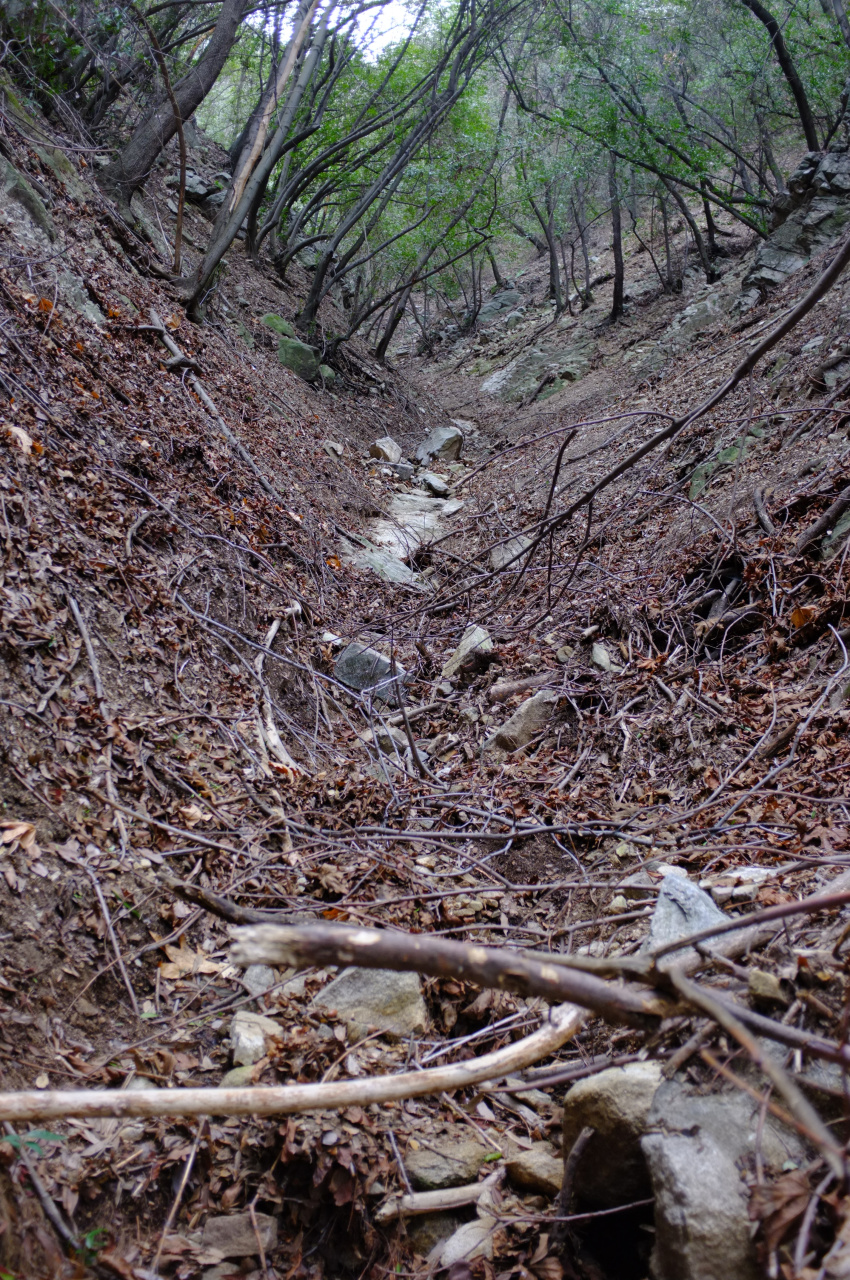
There's no water, and the growth is manageable. As expected, this grew much steeper as I climbed up, and the gully became less defined. I also came up on some old black tubing, but I don't think that particular operation has been active for a while. After much climbing, I popped up on Upper Clamshell road:
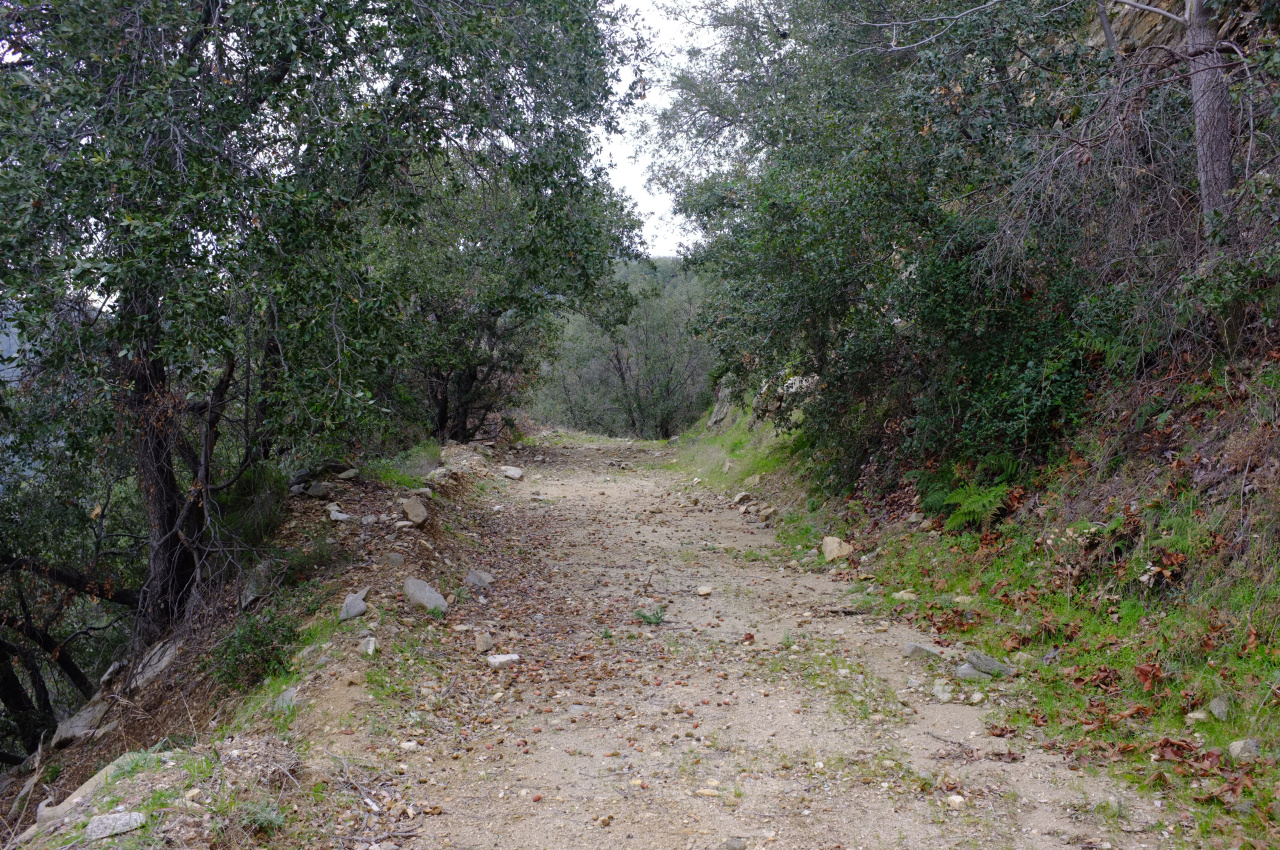
And here the canyon bottom was visible, far below:
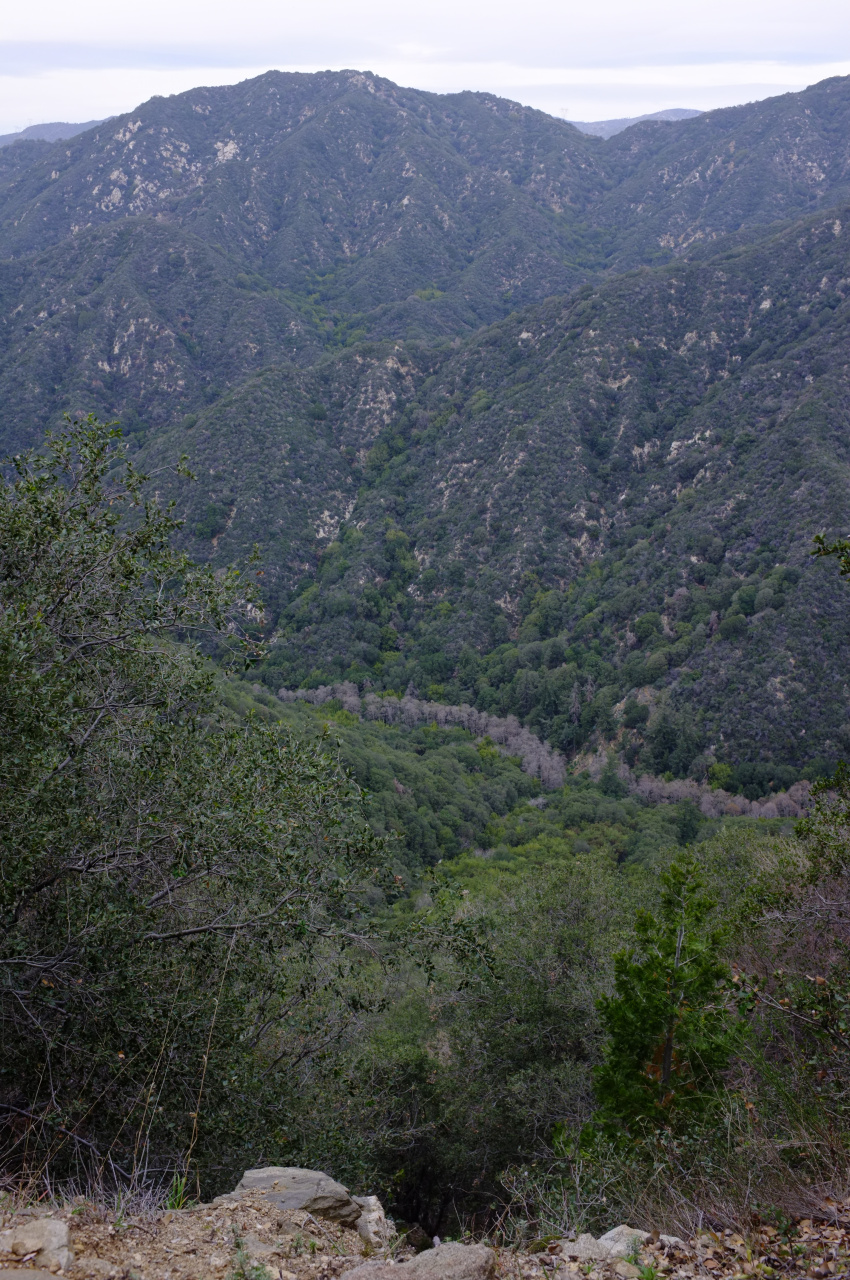
The only other agenda of the day was to check out Spring Camp, for a potential future camping trip. The firebreak up to Monrovia Peak was on the way, and I just couldn't say no. Soon I was on top of Rankin Peak (note Monrovia in the background):
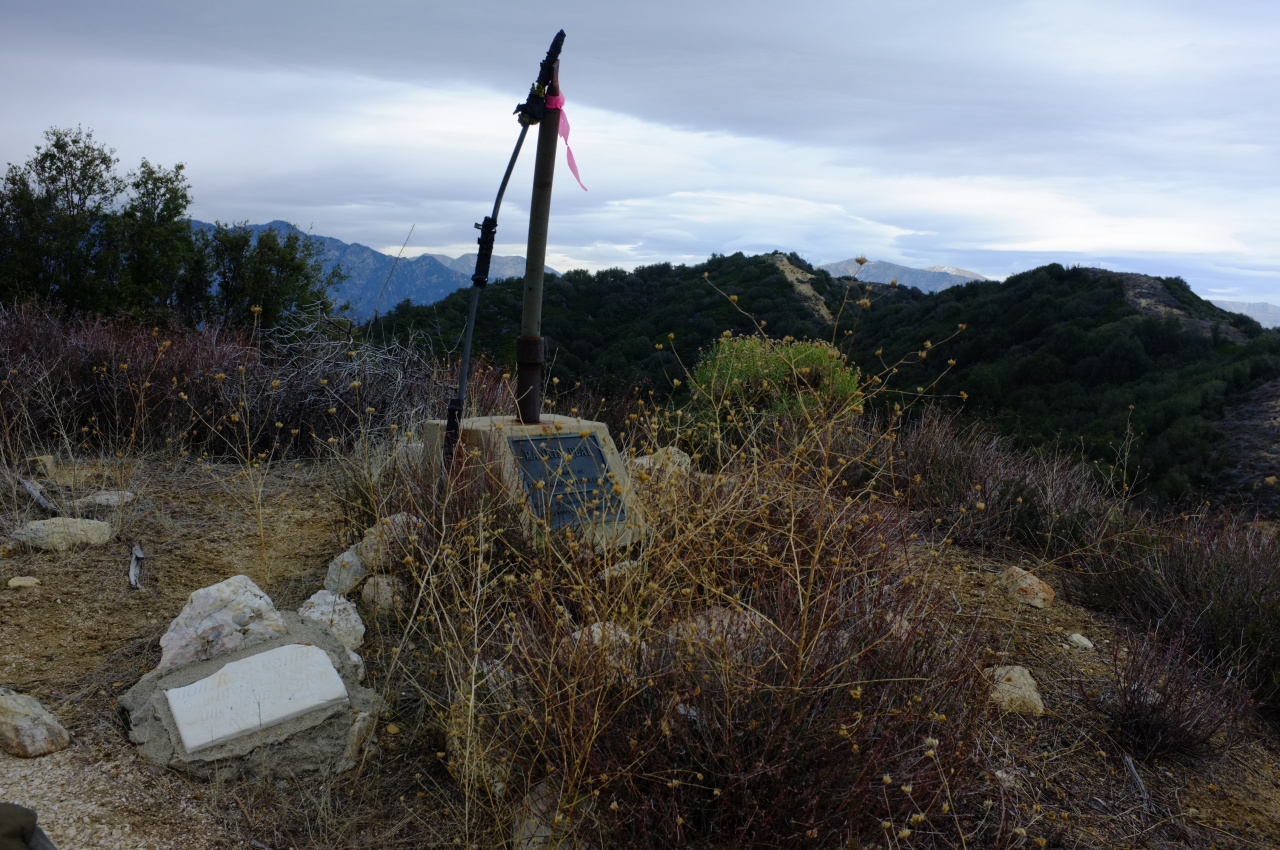
And then, after some up/down, Monrovia Peak itself:
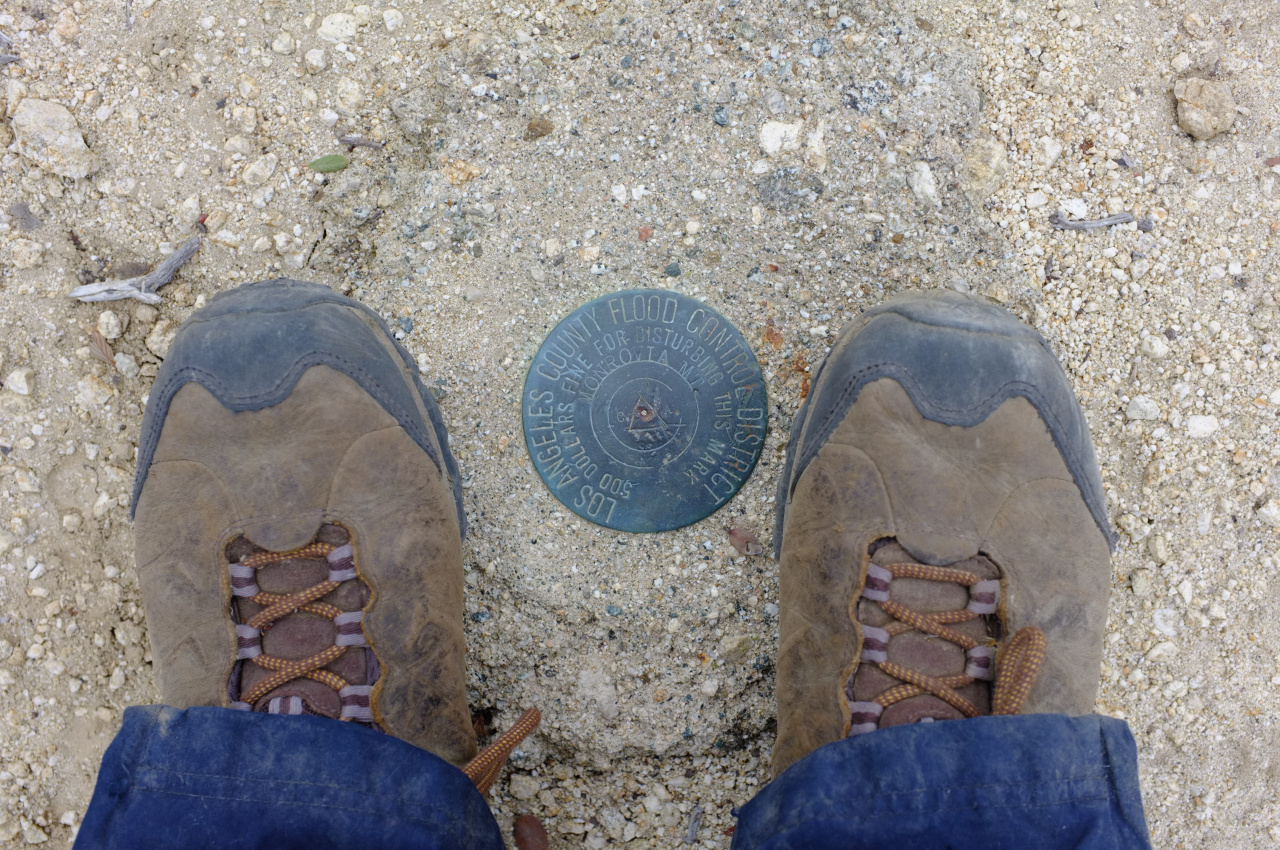
Looks like it's going to rain...:
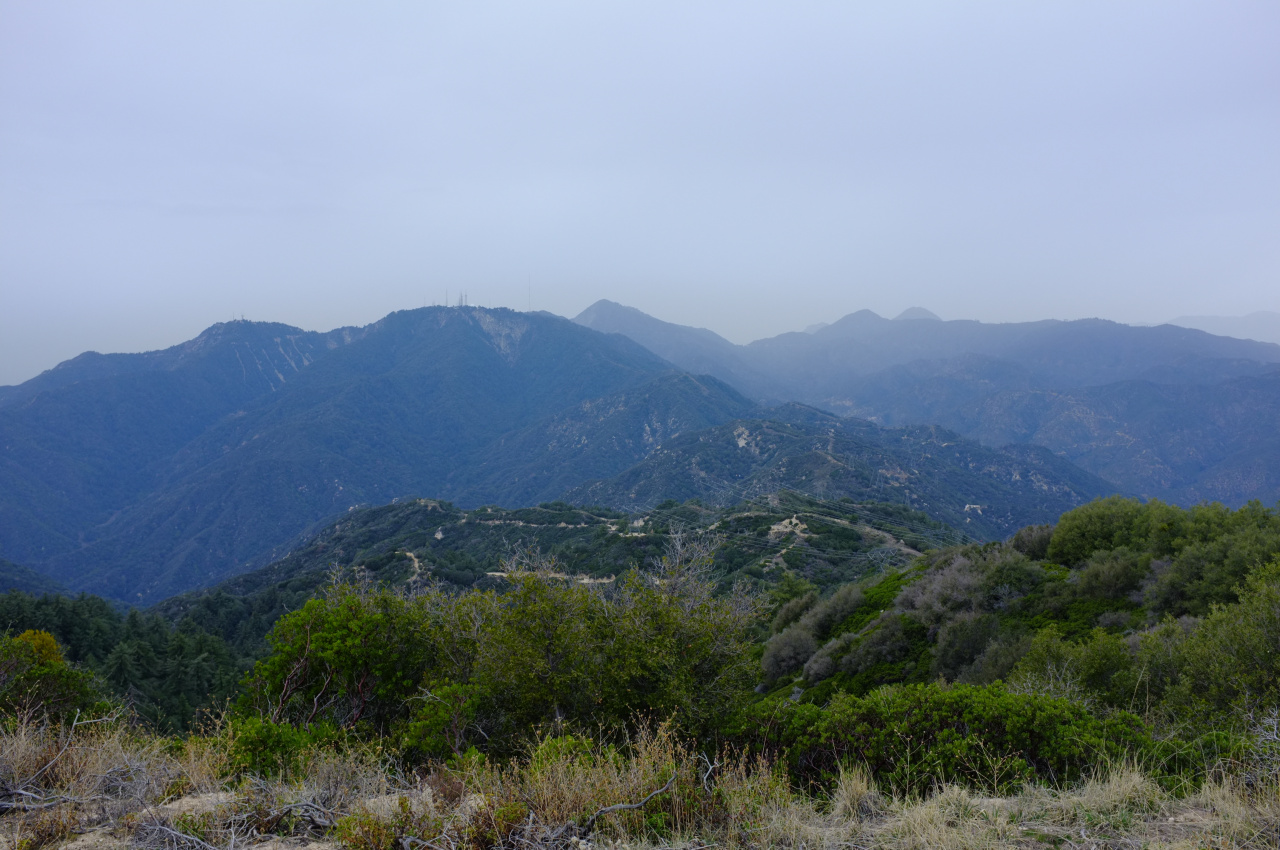
I dropped down the firebreak on the North side of Monrovia:

And soon I was on the powerline maintenance road. Then it DID start to rain. This was a major improvement from the last time I was on Monrovia Peak; then it started to snow when I was on top, and a thick fog rolled in to top it off. I got to Spring Camp:
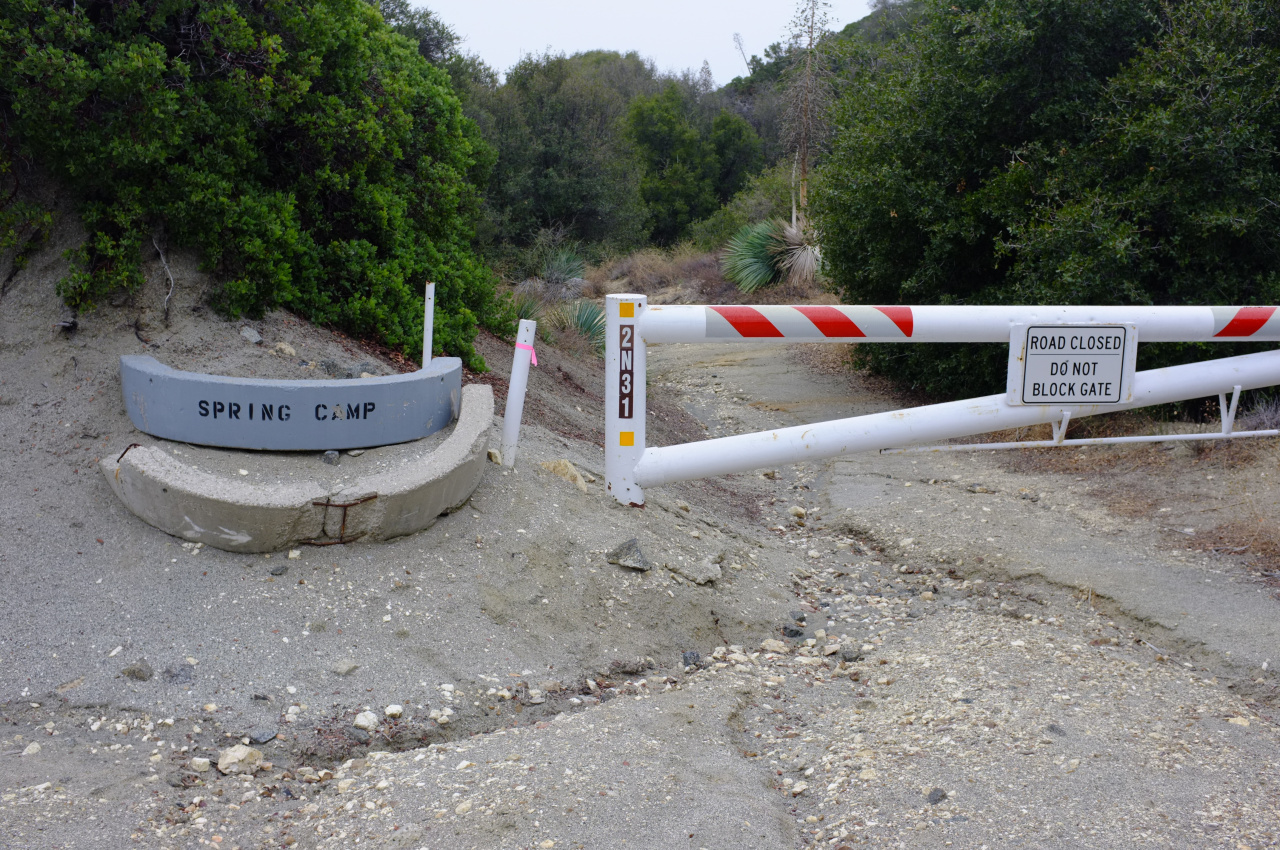
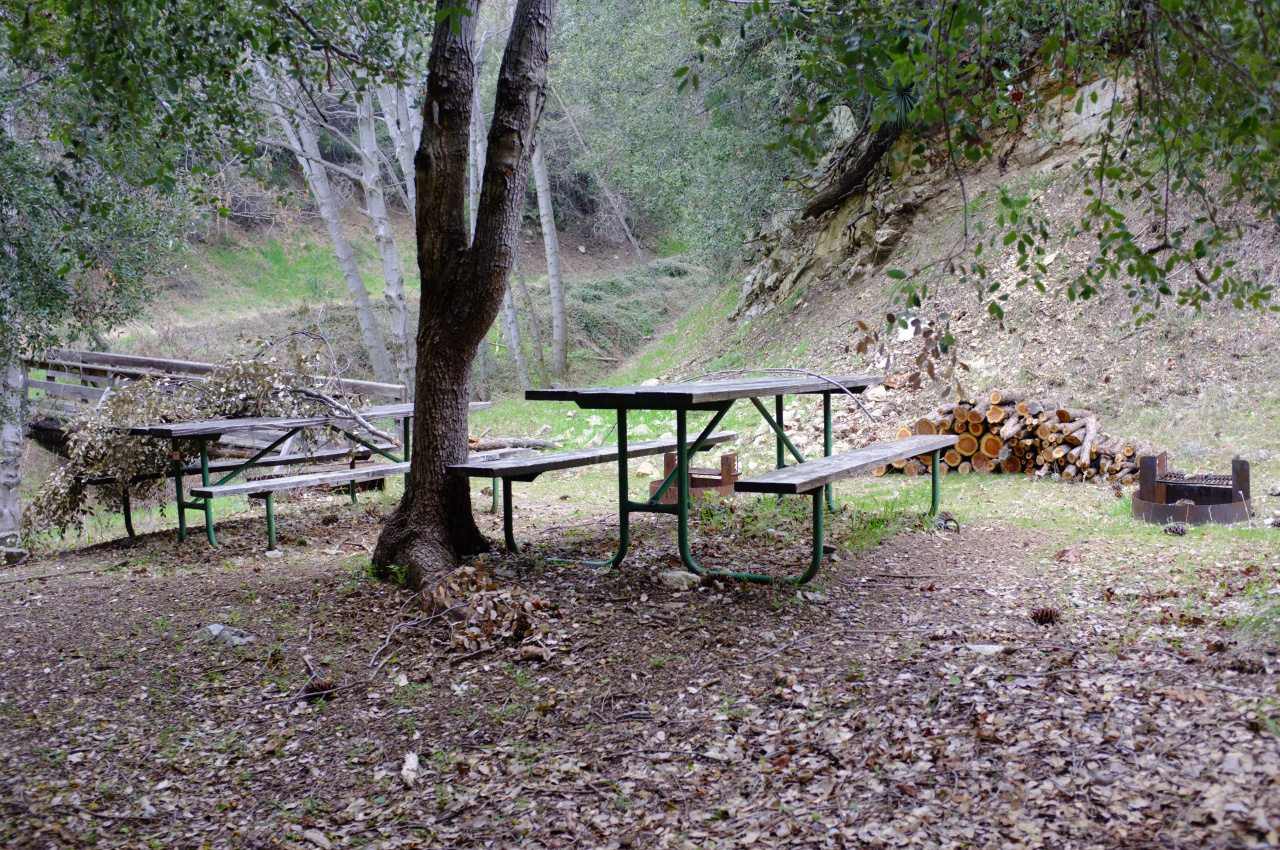
The only other item of note was this odd concrete shed just off the road:
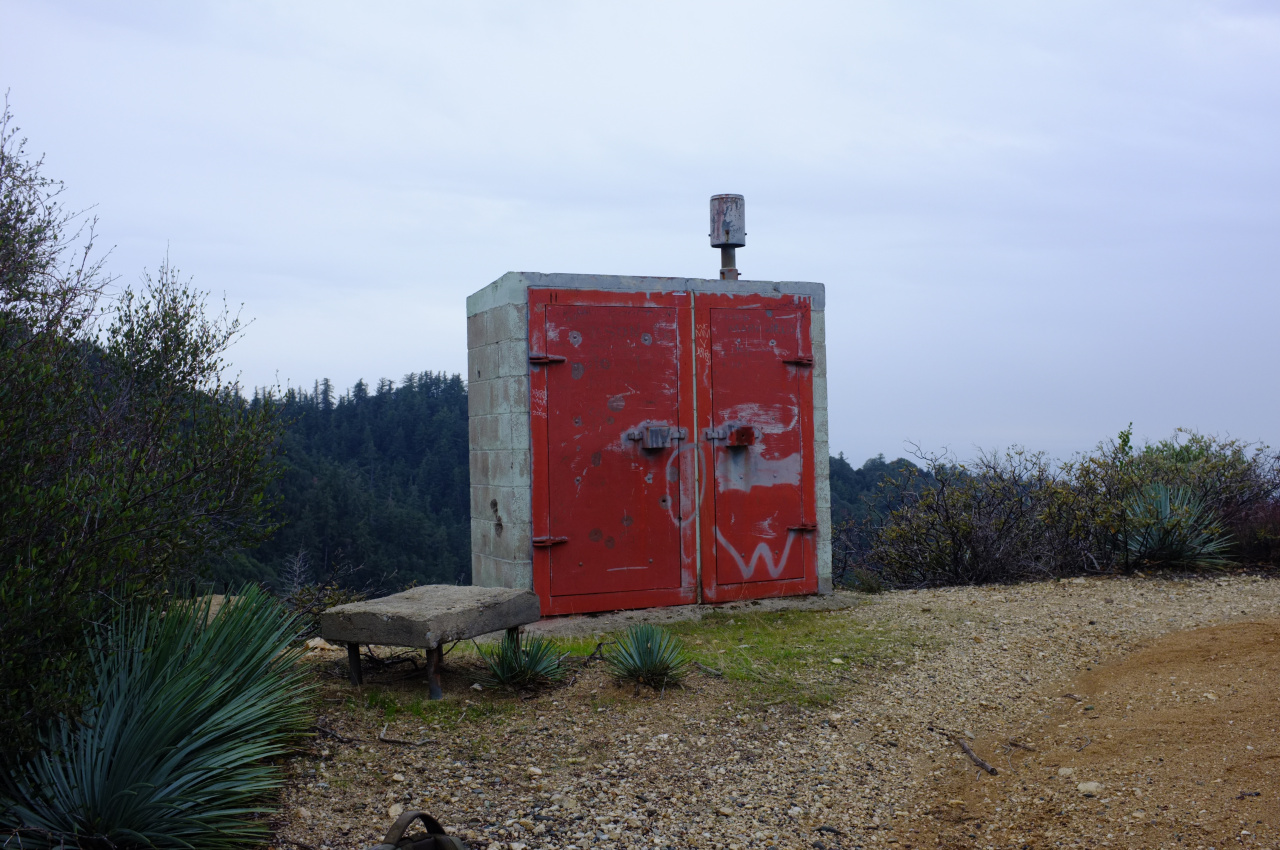
Past that, it was a long and wet slog back to Newcomb Pass and Chantry Flat.
Wildlife census:
2 deer
7 (!) California Newts (I think)
2 ravens eating something that used to be a bird
1 beautiful ex-skunk
0 pot growers
Very little poison oak or poodle dog bush
Too many flying gnats and non-flying ants

